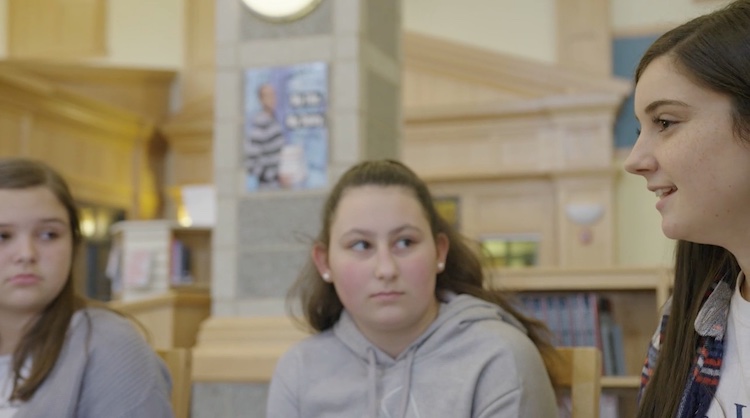Below are some reputable suicide prevention programs that are available for schools:

Signs of Suicide is a peer-to-peer training program for middle and high school students. The program educates students about identifying warning signs of suicide and depression. It also enables students to ACT (Acknowledge, Care, Tell) when they find a peer or themselves in trouble.
Reconnecting Youth is a program developed for 14-18 year-old students who have shown signs of high drug usage, depression, anger or suicidal behavior. The goal of the program is to reduce these signs in the students. There are 75 lessons in the program and can be taught by a professionally trained teacher/facilitator. After finishing the program, students develop skills to deal with high-risk behaviors.
Sources of Strength is a peer-to-peer suicide prevention program that connects help-seeking students with caring adults, as well as peers. The program is often implemented in middle school, high school and colleges. The program trains 2-3 adult advisors and these trained advisors then help in recruit and train a peer leader team. The peer leader team consists of 10-50 students.
CAST is a school-based small group counseling program for at-risk youth. The program consists of twelve, 55 minutes of sessions. These sessions are delivered by trained teachers, social works and others with similar experiences.
A national organization working to change the dialogue about mental health, especially among youth.
Call 988 for 24/7 support. It is free and confidential. It also has resources for suicide prevention and and best practices for mental health professionals.
A 24/7 free and confidential resource. Your text will be answered by a counselor who will help you move to a safer state of mind.
A suicide prevention resource for the UK. The app features resources like guided breathing exercises, a safety plan, customizable reasons for living and LifeBox where you can store memories and pictures of people or places important to you.
A site for suicidal individuals and their loved ones, survivors, mental health professionals and others who care.